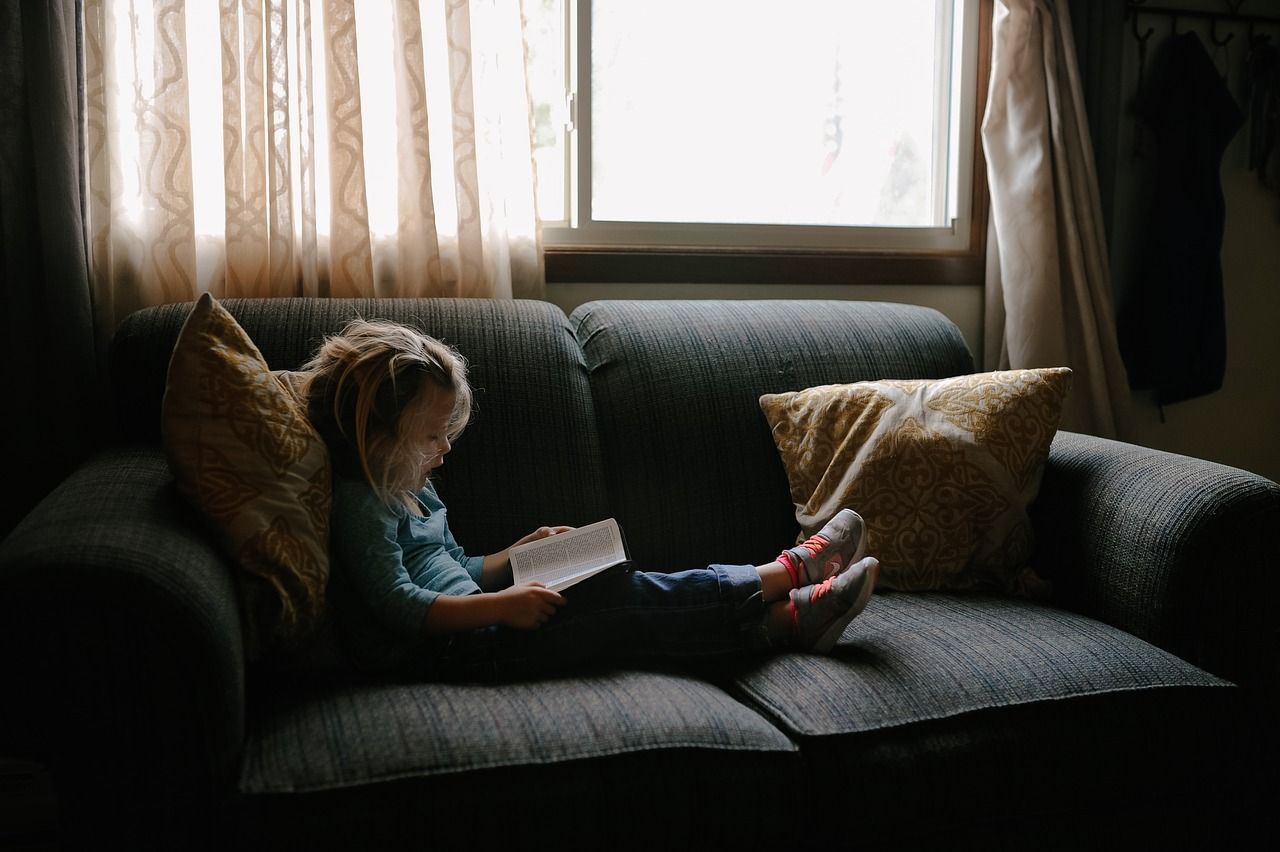Writing a children’s book is a dream for several authors, but it’s not child’s play. If you want to dive into the world of children’s literature, you should take it seriously from the beginning. That doesn’t mean that you should write in a serious tone; it means that you should follow careful steps while composing a book for children.
In this blog, I provide some invaluable tips for writing a children’s book that will captivate and amuse your young audience.
Important tips for writing a children’s book
Dig into the children’s book market
Before you start writing, research the market. Explore the different genres of children’s writing; the various subject matters, tones, points of view, formats, etc. You can also discuss with professionals what makes a children’s book successful.
Pick an age range for your target audience
Decide for whom you want to write, because children’s literature can denote an audience ranging from 3 to 12 years old. Every age has its own comprehension level, so you need to use appropriate language and style.
For instance, books aimed at children aged 6 to 8 years old should be easy to read without convoluted plotlines. Sentences should rarely contain more than 6 words, and catchy, colorful pictures or illustrations should accompany the story.
However, children between 10 to 12 years old can understand sentences composed of up to 20 words. At that age, they enjoy reading itself, so photos are not necessary.
Read best selling children’s books
Celebrated English poet Ben Jonson famously said, “For a man to write well, there are required three necessaries: to read the best authors, observe the best speakers, and much exercise of his own style.”
Mr. Jonson was not the only one who told writers to read, it’s a well-known tool of the trade. With that in mind, it’s time to dive into the masterpieces of the genre!
Know your audience
Any marketer worth his or her salt will tell you that you need to know your audience well. If you have any children in your family, that’s a great place to start. If you don’t, you can volunteer at children’s museum, a children’s hospital, or at a school festival or field trip. These activities will give you insight into the kind of things that interest children and how they communicate their feelings and ideas.
Find the gaps in the children’s book market
Several types and genres of children’s book are in the market. If you’re looking to break into a new arena, it’s a good idea to chat with bookstores and librarians to discover the gaps in the market. It’s the perfect way to come up with fresh ideas that capture the imaginations of your young audience!
Cover essential elements
In any story, there are some essentials the writer must include: time, place, characters, conflict, and resolution. Just as in a novel, a children’s book must include all of these important features. After all, books like these help children learn about the basic structure of the classic pieces of literature that they will read in the future.
Illustrations, if there are any, should be creative and eye-catching to attract the child’s attention. As for writing style, consider descriptive writing or even prose poetry. For the latter option, no rhyme is necessary, but imagery and rhythm are important. Regardless of what style you use, though, humor and silly jokes are a wonderful idea; they make children fall in love with your book. Keep in mind that children’s stories are usually full of optimism too.
Finally, the most essential factor in a children’s book is the charismatic character. The hero of your story, be it a person or an animal, should have a compelling personality and a dream to pursue. The child should be able to love the hero and view him or her as a role model.
Test your style on your audience
Read your story to your targeted audience, so that you can evaluate their response. After that, quiz them about the main idea and the values presented in the story. Ask them about whether the characters are lovable or not. Make sure that they can understand your style and vocabulary. Take notes, and try to improve your story before publishing.
Ascertaining copyrights
Before publishing, ensure that your story is unique and you don’t repeat another plot. Then, search for an editor to polish your writing to the point that they are ready to publish. You may also need to file a copyright registration so that no one can steal your idea.
Prepare a good marketing campaign
After writing a children’s book, you must plan a marketing campaign. You can use social media, magazines, and Goodreads for marketing to parents. Target schools and libraries to market to children, and ask influencers to write reviews, too.
Of course, if you are able to pay for Youtube advertising, do so. Alternatively, you can publish articles about your book on various websites. Finally, make sure that the title and the cover are attention- grabbing.
Follow these tips and you’ll be well on your way to realizing your dream and providing joy to your young audience!
Make sure to come up with an interesting, appealing idea for your book. Write for children, not adults, and it’s even better if you choose a niche within the children’s segment. Understand your target audience well and offer them something they’d like.
At the beginning of their careers, writers don’t necessarily make lots of money from children’s books as they have to split advances and royalties with illustrators.
You need to come up with an interesting idea, then create the characters and build them, and create a problem and its solution.
Normally, for the first book, an advance may cost something between USD 5,000 and USD 10,000. Meanwhile, royalties can cost around 7% for printed books and can go as high as 25% for ebooks.




